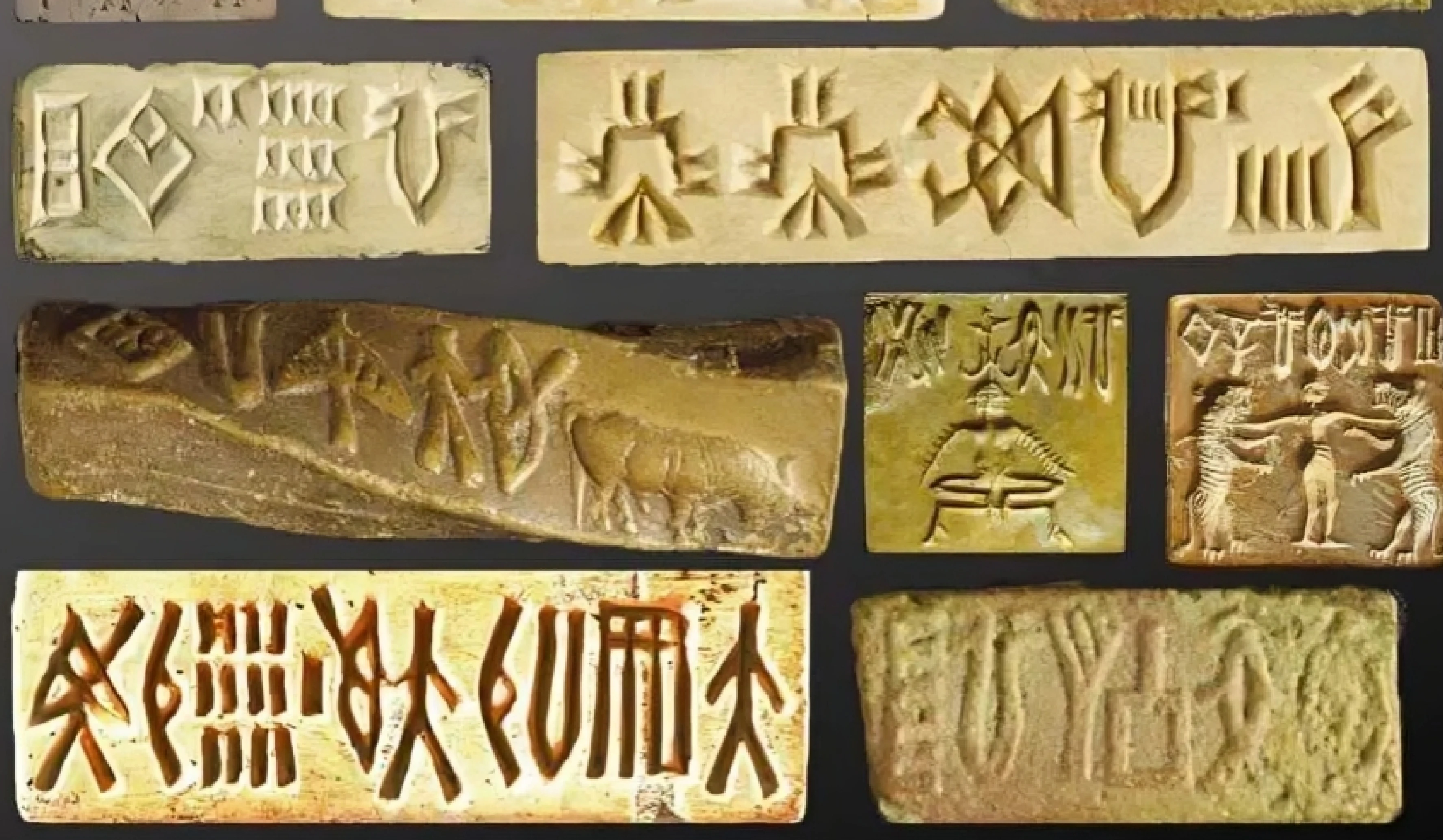The mission aims to preserve and protect manuscripts found across the country.
About Gyan Bharatam Mission
- Objective: To undertake the “survey, documentation and conservation” of more than one crore manuscript heritage lying with academic institutions, museums, libraries, etc.
- Significance of Mission: Preserving historical value, unveiling ancient Indian knowledge to world, ensuring longevity and round-the-clock access of Manuscripts, etc.
- To accommodate the new mission, budget allocation for National Manuscripts Mission (NMM) has been hiked from Rs. 3.5 crore to Rs.60 crore.
What are manuscripts?
- A manuscript is a handwritten composition on paper, bark, palm leaf etc. dating back at least 75 years that has significant scientific, historical or aesthetic value.
- E.g. Bakhshali manuscript ( Third or fourth century A.D.), an ancient Indian mathematical text written on birch bark, is considered to be earliest recorded example of use of zero.
- Lithographs (Drawing on a stone and then transferring the image to paper) and printed volumes are not manuscripts.
- Themes can include history, religion, literature, astrology, and agricultural practices.
- India possesses an estimated 10 million manuscripts in 80 ancient scripts like Brahmi, Kushan, Gaudi, Lepcha, and Maithili.
- Of these 75% are in Sanskrit and 25% are in regional languages.
Other initiatives for manuscript conservation in India
|




